René Herse Cranks: 177 and 165 mm
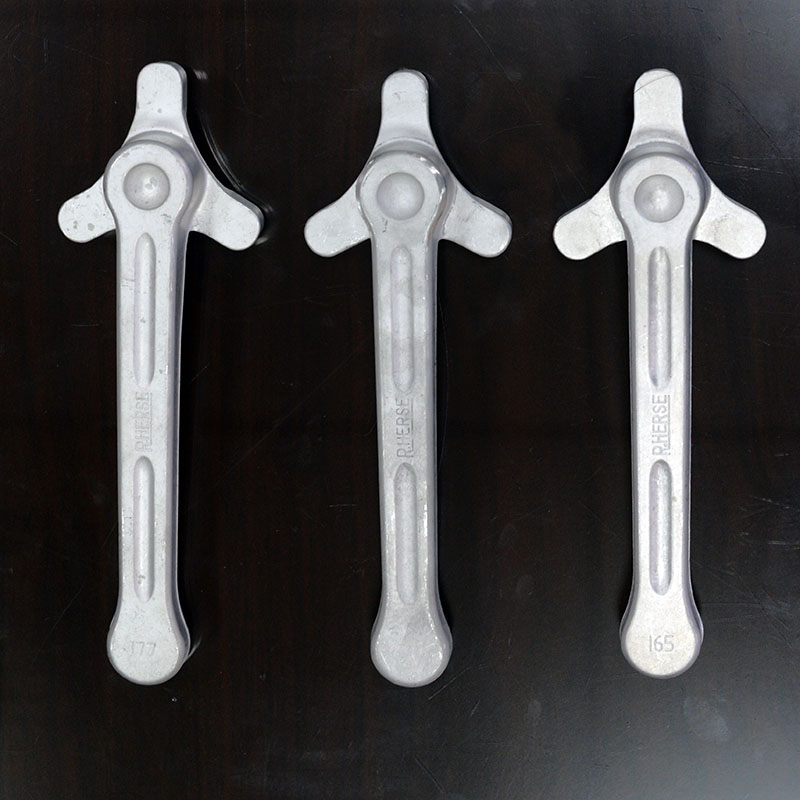
The photo above shows raw forgings for Compass René Herse cranks. Perhaps you will have spotted that they are all different: Their length varies in 6 mm steps. We introduce René Herse cranks now available in 165 mm and 177 mm lengths, in addition to the 171 mm we have offered in the past.
Why 6 mm steps? Everybody seems to agree that crank length differences of 3 mm or less are unnoticeable even for the most discerning cyclists. If you usually ride 175 or 180 mm cranks, our 177 mm will be perfect for you. The 171 mm covers 170 and 172.5 mm. And if you prefer shorter cranks, we now offer 165 mm as well. Together, these three lengths will satisfy 90% of cyclists.
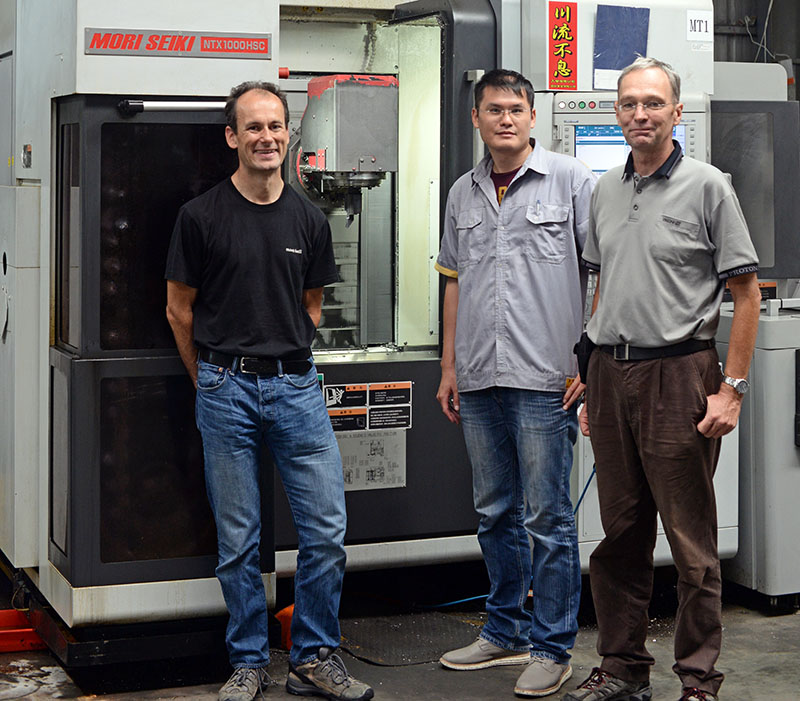
Last autumn, I went to Taiwan to discuss the final phase of this new project with our suppliers. I love visiting the people who make our components. The man on the right is our engineer, who works full-time in Taiwan to supervise the production of our components that are made there. (Many other components are made in Japan, and a few are made locally in Seattle.) In the center is one of the engineers from the CNC company who machine our cranks and chainrings.
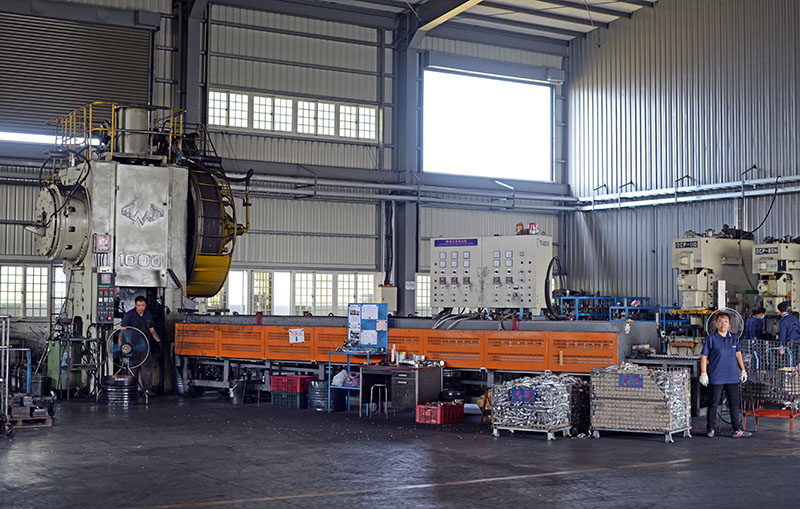
Seeing our components being made is exciting. Like most high-performance cranks, the Compass René Herse cranks are forged. It’s a very involved process: You need a huge forging hammer (above). For scale, you can see two workers in the photo. On the right you see two pallets with raw aluminum pieces that will be turned into components.
The long orange tunnel is an oven to pre-heat the parts. You heat the aluminum a little bit to make it more ductile, so it flows better when you smash it with the big hammer inside the tall machine. The “hammer” slams down onto the aluminum shape with a force of more than 1000 tons. That is the weight of 25 fully loaded semi-trucks!
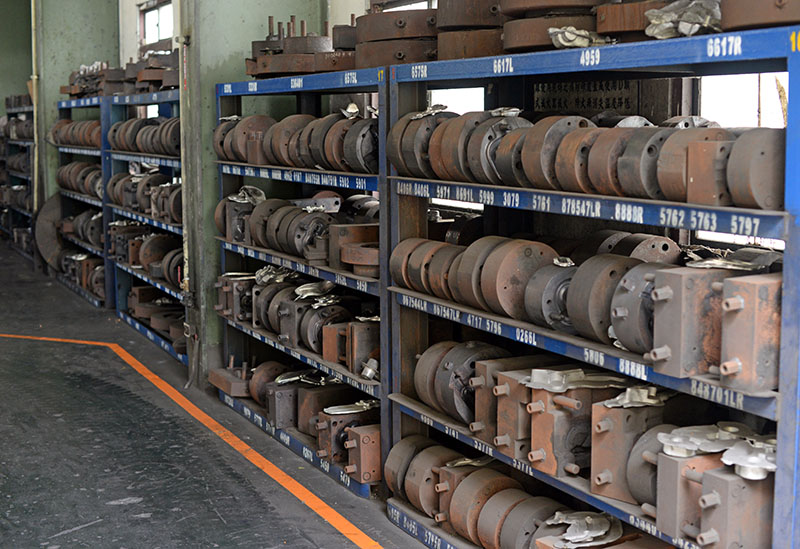
The forging dies are stored in long racks. These are the tools that are smashed together, with the aluminum in between, and the result is your part. It’s that simple, except the forging dies must withstand huge forces during the forging process. No wonder they cost so much!
Why are parts forged, when the tooling is so expensive? Another process is to machine the parts, or basically carve them, out of big blocks of aluminum. To machine a part, you don’t need any specific tooling. The same milling machine that can make all kinds of things. Yet forging has two advantages:
- For huge production runs, forging can be less expensive. You waste less aluminum, because you only use as much as as you need for the shape of the part. (This also is better for the environment.) And forging is fast – just a second or two per part, rather than 30 minutes or more on a CNC machine. If you can amortize the cost of the forging die over millions of parts, it’s quite inexpensive. For small runs, the forging dies add significantly to the cost of each part, so CNC-machining usually is cheaper.
- Forging makes a stronger part. Forging reshapes the “grain structure” of the aluminum, whereas machining interrupts it. Imagine a part made from wood. If the wood grain runs the same way as your part, it will be very strong (forging). If you cut across the grain when you make the part, it will be very weak (machining).
High-end bike parts are made in small numbers, so forging is more expensive per unit. However, the higher strength means that forged parts need less material, so they are lighter and more elegant.
Most small crank manufacturers use a combination of forging and machining. The reason is simple: They want to make multiple crank lengths from the same forging die. That is a compromise, because the grain structure is interrupted right where the crank can break (at the pedal eye). When you machine a crank to length, you lose many of the advantages of the forging process.
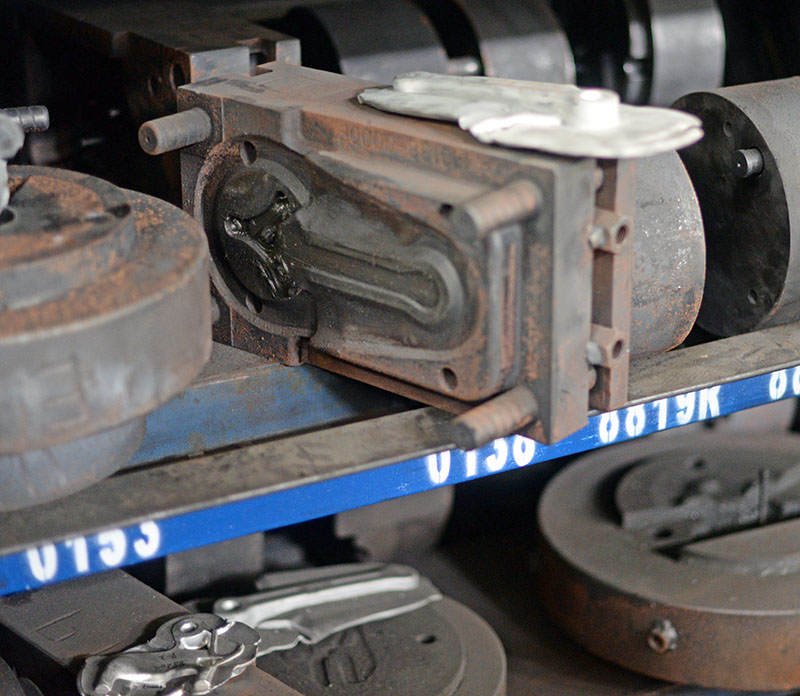
Above you see the forging dies for the René Herse cranks. They look like negative imprints of the cranks. This is called “net-shape” forging, and it is a better way to make cranks. The advantage: You don’t machine off anything that would interrupt the grain structure. The disadvantage: You can make only one crank length from each forging die.
We use net-shape forging because it’s the only way a lightweight, classic crank meets the highest EN “Racing Bike” standards for fatigue resistance. We know that our Compass René Herse cranks are ridden hard, and we want to make them as strong as possible.
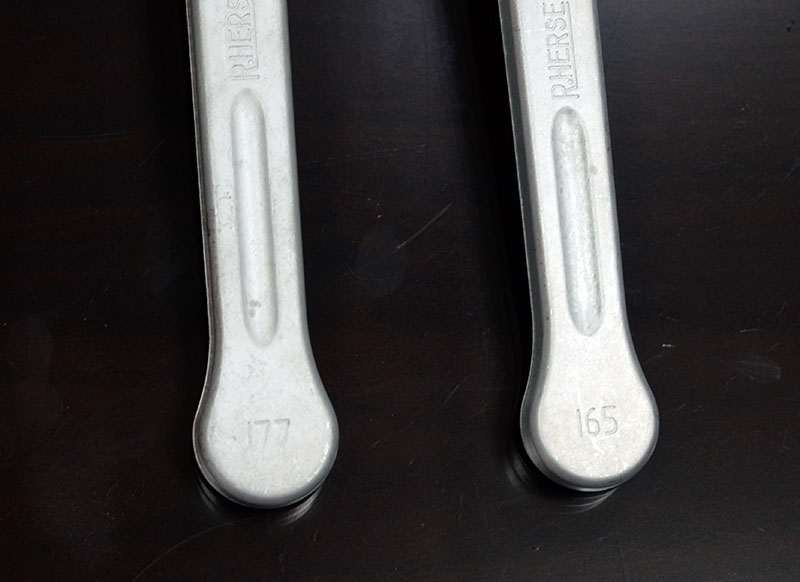
This means that for each crank length, we need a new forging die. It’s expensive, and we thought long and hard before adding new lengths to our program.
If you look carefully at the two raw forgings above, you’ll notice that we didn’t just change the length. We also added a little material to make the 177 mm cranks a bit stronger. Longer cranks have a longer lever arm for the pedaling forces. And taller riders tend to push harder on the pedals (but spin at lower cadences). Two reasons why they need stronger cranks. When you machine cranks to length, the longest cranks are also the weakest. It’s an additional disadvantage!
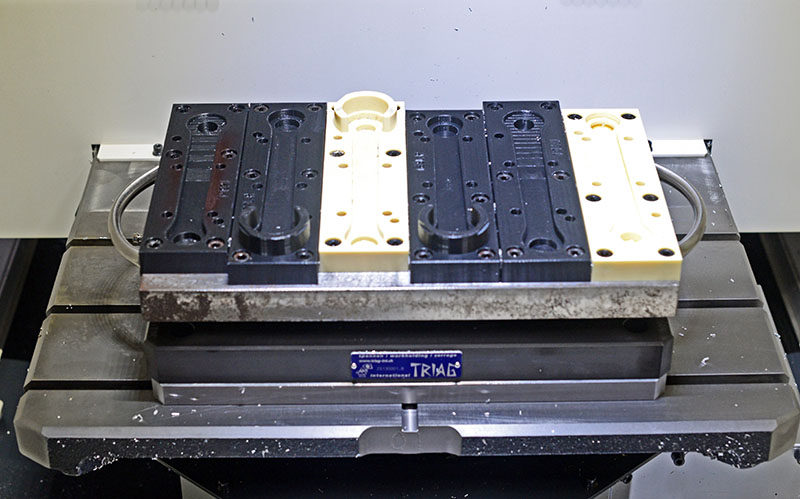
With net-shape forging and three raw forgings, we also need separate fixtures for each crank length, when the threads and other details are machined.
Adding new crank lengths is a large project! But it’s worth it: We want our cranks to be the best in the world. This means that we will not compromise on their performance or quality.
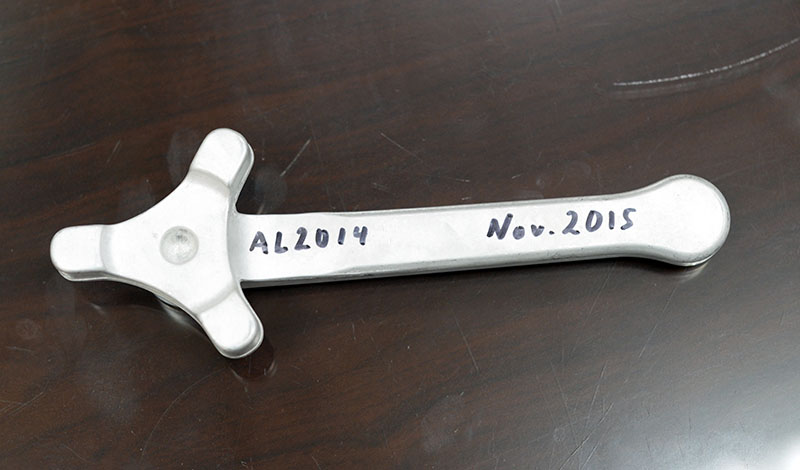
The new lengths aren’t the only change for the Compass René Herse cranks. We also went to a stronger aluminum. The 6066 aluminum we used until now offers great corrosion resistance and is easy to work with. That is why it’s used extensively in the bike industry. It’s also plenty strong for most riders.
However, with a superlight crank like ours, we feel more comfortable with a greater margin of safety. The 2014 alloy that we now use is stronger, yet it isn’t as brittle as the even-harder 7075 alloy that is unsuitable for bicycle cranks. (Our chainrings are made from 7075 aluminum to resist wear.)
2014 alloy is ideal for making cranks, but the heat treatment is more difficult than with other alloys. We worked with our suppliers to ensure that they mastered the process before using this alloy in our cranks. We have tested multiple samples of the new cranks, and they exceed the most demanding standards (the afore-mentioned EN “Racing Bike” standard). We are now confident to offer them to our customers.
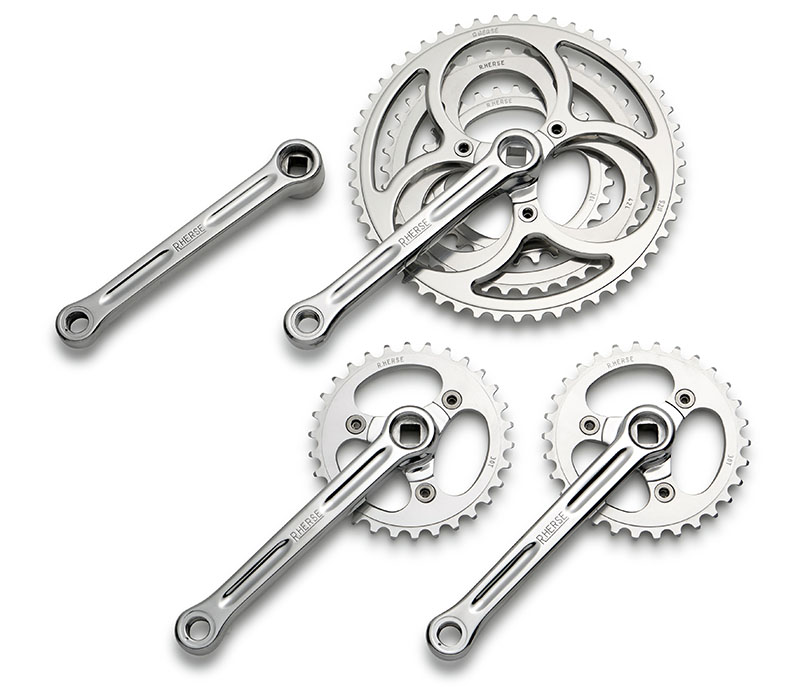
We now have all three lengths in stock. They are available as single, double, triple, and even tandem cranks (above), with chainrings between 52 and 24 teeth. They are compatible with drivetrains from 5-speed to 10-speed.
When you enjoy the Compass René Herse cranks on your bike, you know that you aren’t just riding one of the most beautiful bike components, but also one of the best-performing. We feel that this is in the spirit of René Herse. His insistence on the highest quality and attention to detail earned him the nickname the “Magician of Levallois”.
Click here for more information about Compass René Herse cranks.


